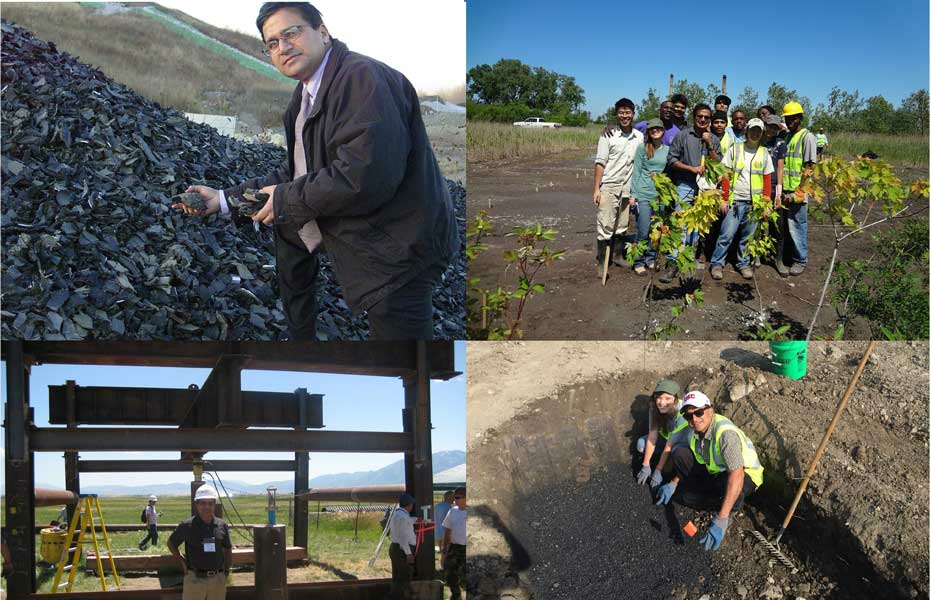
Krishna R. Reddy, Professor of Civi & Environmental Engineering, Director of Geotechnical and Geoenvironmental Laboratory & Sustainable Engineering Research Laboratory, Department of Civil, Materials and Environmental Engineering, University of Illinois at Chicago, kreddy@uic.edu
Population explosion and climate change are the two major global challenges being faced today, and the consequent problems, such as increased wastes, increased greenhouse gases and pollution, depletion of natural resources, loss of biodiversity, economic disparities, and social injustice, are exacerbating. In addition to focusing on functionality, cost, and ease of construction, civil engineers are being challenged to develop sustainable civil infrastructure that allows human society to have capacity and opportunity to maintain and improve its quality of life indefinitely, without degrading the quantity, quality, or the availability of natural, economic, and social resources. Over the past few years, several organizations and researchers have developed project specific tools to aid the practitioners to assess and compare the sustainability of the potential design alternatives in a project. In most cases, these tools focused mainly on the environmental impacts with a minimal (often a qualitative approach) or no regard to the broader economic and social impacts of the alternative design options in a project. For the true sustainability assessment, it is imperative to incorporate a quantitative and life cycle approach in the assessment methodology for the decision-making on the most sustainable design alternative in a project. This presentation describes a new framework, known as QUALICS (Quantitative Assessment of Life Cycle Sustainability), to assess the overall sustainability of design alternatives in a project. Application of this framework is demonstrated with case studies.

